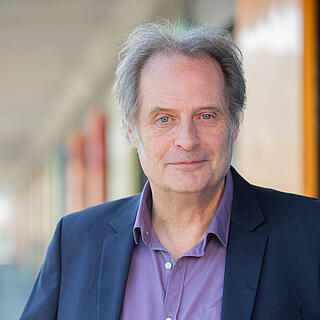Environmental and economic evaluation of the accelerated replacement of domestic appliances
In Germany the market saturation rate of refrigerators in 2003 was 115 % and of freezers 74 %. Both figures were quite stable in recent years which indicate that the market is saturated and purchasing activities are dominated by replacement of existing appliances. A possible reason for the replacement of an existing appliance could be the presumably lower energy demand of a new one. Depending on the difference in energy demand and the respective costs the purchase of a new appliance (even though the old one is still working) might amortise within a short time, both in terms of environmental impacts and costs.
The question “Does it make sense to further use an old refrigerator or freezer or is it better to buy a new one?” depends on the question, in what time the additional environmental impacts through production of the new appliance and end-of-life-treatment of the old one are compensated through the lower electricity demand of the new one. The same question has to be answered on the cost side (acquisition costs versus lower running costs). Especially in the case of refrigerators and freezers the end-of-life treatment of the old appliances is of high importance: as in older appliances CFCs were used as cooling and foam-blowing agents their end-of-life treatment might result in an initial increase of the total emissions of greenhouse gases or ozone depleting substances.
Against this background this study compared several alternatives: the further use of existing appliances in stock, ranging from 1980 to 2000, and the acquisition and use of a new appliance in 2005. In case of the new appliance the impacts of the recycling of the old appliance were fully allocated to this alternative. This procedure gives a realistic picture of the variation of environmental impacts and costs with time with respect to the different regarded alternatives. The comparison was conducted for four product categories: refrigerators, fridge-freezers, upright and chest freezers.
To get an idea of the magnitude of the different life cycle stages, first a streamlined life cycle assessment (LCA, based on ISO 14040 ff.) and life cycle cost analysis (LCC, in terms of total costs of ownership for private households) of a new appliance of the four regarded product categories was conducted.
Then the variation of the environmental impacts of the appliances and the connected costs according to their age was investigated. In the study at hand, differences occurred especially in the use phase (decreasing specific electricity demand since 1980) and through recycling (different utilised refrigerants and foam-blowing agents according to year of manufacture).
Finally, to answer the main question of this study, for each alternative the environmental impacts and the costs, connected to the considered life cycle phases were calculated on an annual basis. These annual values were then cumulated to give the total environmental impacts and costs after one, two, three,… up to 10 to twenty years of use. Thus it was determined after what time period the initial environmental impact through acquisition and recycling was compensated by the lower impacts during the use phase through the more efficient new appliance (= payback period). In case of the costs it was determined after what time period the purchase price was compensated by the lower costs during the use phase.
